Artwork Profile: Mechanized Cacophonies – Nature Mediated
Anna Ridler and Caroline Sinders have responded to their experiences of lockdown with an experimental artwork designed for multiple digital devices.
Anna Ridler and Caroline Sinders describe Mechanized Cacophonies, their commission for The New Real, as an “experiment”. Exploring how technology mediates our experience of the natural world, it is a work of and about this moment, made during lockdown and reflective of a period that has placed a digital device between an ever-increasing number of everyday experiences. “It’s very much responding to the situation we’re in,” explains Ridler.
Part of that response was to work with the constraints imposed by Covid-19 – to create an artwork that could and should only exist online, rather than adapt existing ideas to a new context. “We wanted to make something that felt very intentionally digital,” says Sinders, “something that authentically felt that it needed to be on the web. We also wanted to bring in this kind of hyper-specific intentionality.”
Working remotely, Sinders in Berlin and Ridler in London, each captured sounds and images from what was available around them. They then trained a machine learning neural network on the resulting dataset to generate eerie and uncanny soundscapes and images. The final work is designed to be experienced simultaneously across multiple digital devices, such as your phone, laptop, tablet and desktop computer. The intention is, in part, to mimic the home situation that so many of us have been experiencing, as work and home life play out in the same domestic space across a variety of interfaces.
The experience of Mechanized Cacophonies is meant to be an active one: when you click or tap the screen, for example, the sound gets louder. The ‘cacophony’ is created as more devices are opened: “We wanted this chorus of mechanised soundscapes and landscapes around us,” explains Sinders. “It’s playing off the fact that we’re at home and for some of us we’re moving between these different devices.”
This is the first time Ridler and Sinders have worked together, although they’ve known each other for some time. “Anna and I cross paths pretty frequently and we both get invited to talk at some of the same conferences and events,” explains Sinders. “We’re also friends and spend a lot of time talking.”
It was the decision to put in a joint application to the 2020 European ARTificial Intelligence Lab residency – AI Lab for short – that prompted their collaboration. Linz-based Ars Electronica collaborated with The New Real to design and develop the first iteration of the AI Lab residency, which was offered to artists who “work in the field of artificial intelligence or are dealing with its impact on our society”. Responding to the theme of ‘Entanglements – fair, moral and transparent AI’, there were 161 entries from 42 countries, with Ridler and Sinders’ proposal, ‘AI is Human After All’, being selected.
While Mechanized Cacophonies stems from this much bigger piece of work with The New Real research group, it also exists separately from it in terms of its concerns, the processes involved, and the look and feel of the finished work. Ridler adds that, while both artists’ normal process involves the time-consuming, labour intensive work of creating datasets from scratch, the constraints of lockdown necessitated a different approach. “We normally work in very long ways. On average it takes us over a year for both of us to put out a project, whereas Mechanized Cacophonies is something we’ve turned around in six weeks or so. In a way it’s a departure from what we normally do.”
In that sense, Mechanized Cacophonies is a discrete but significant first output from their collaboration. But outputs, stresses Ridler, aren’t just measured by tangible artworks. “We both very much feel that our practice isn’t necessarily artefact driven,” she explains. “It’s not like we’re making a sculpture and the sculpture is the final thing. For us it’s very much about the process of making and how to record that. And after the piece is made – through talks, events and other things – it can have this whole afterlife.”
Interacting with Mechanized Cacophonies is a slow and meditative exercise. The artists recommend opening the website both on mobile and a laptop before clicking and touching the screen. The music will build and change slowly in response.


